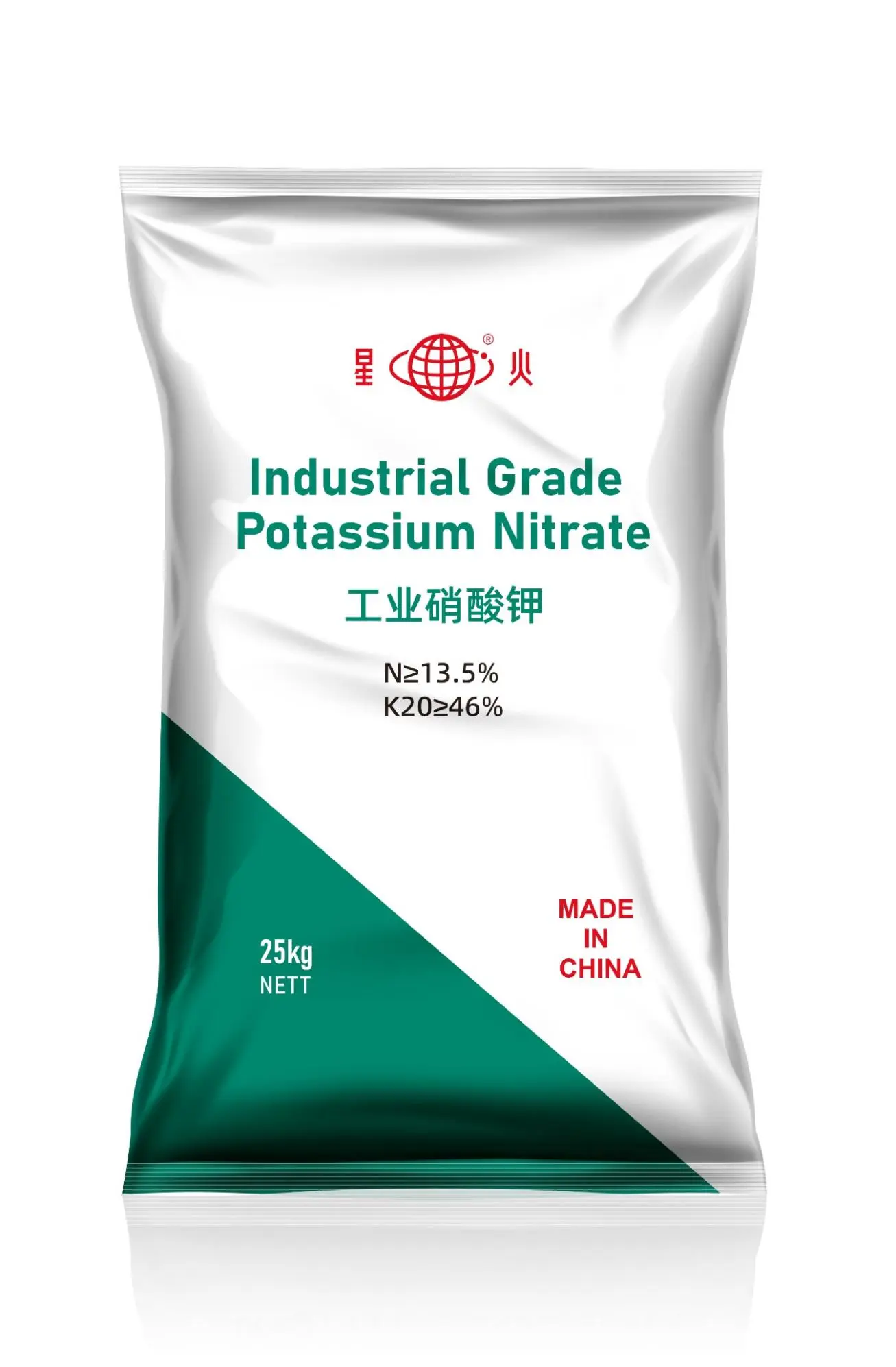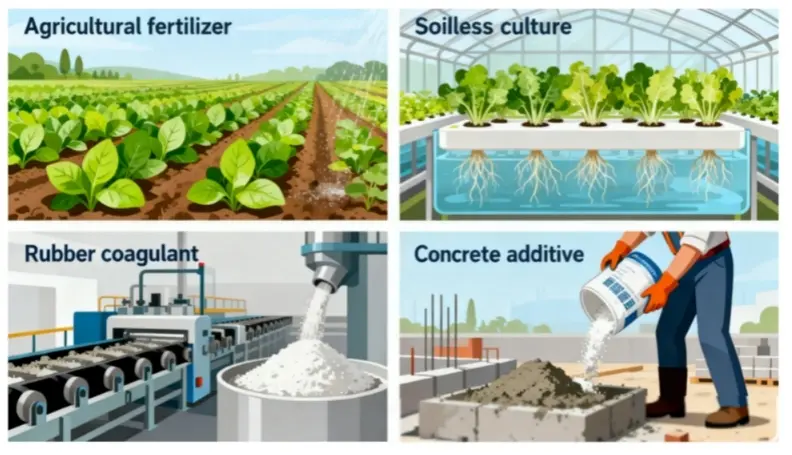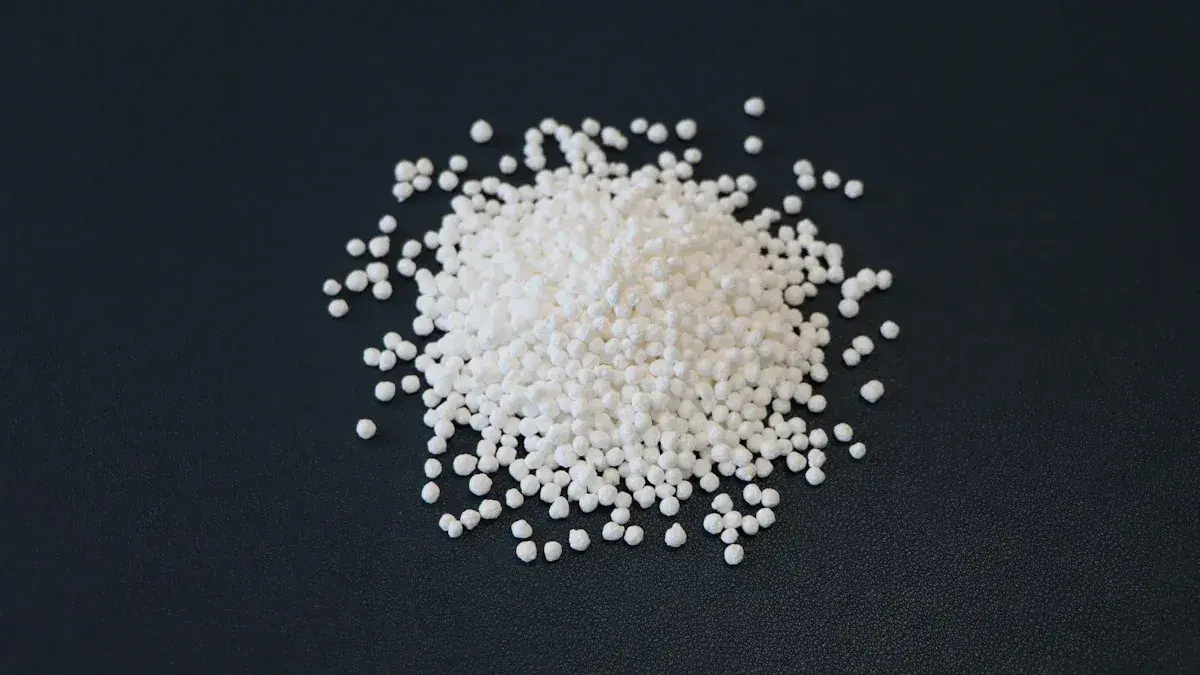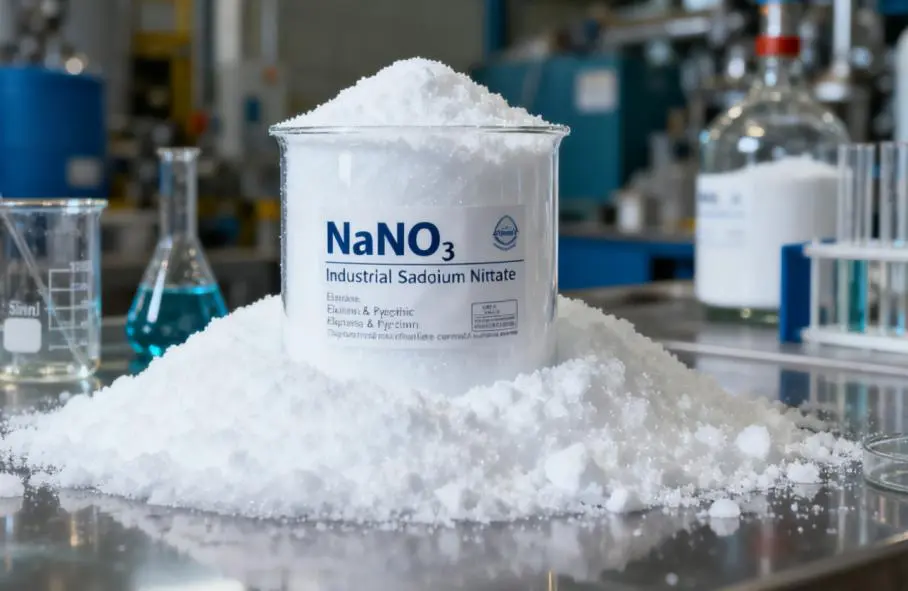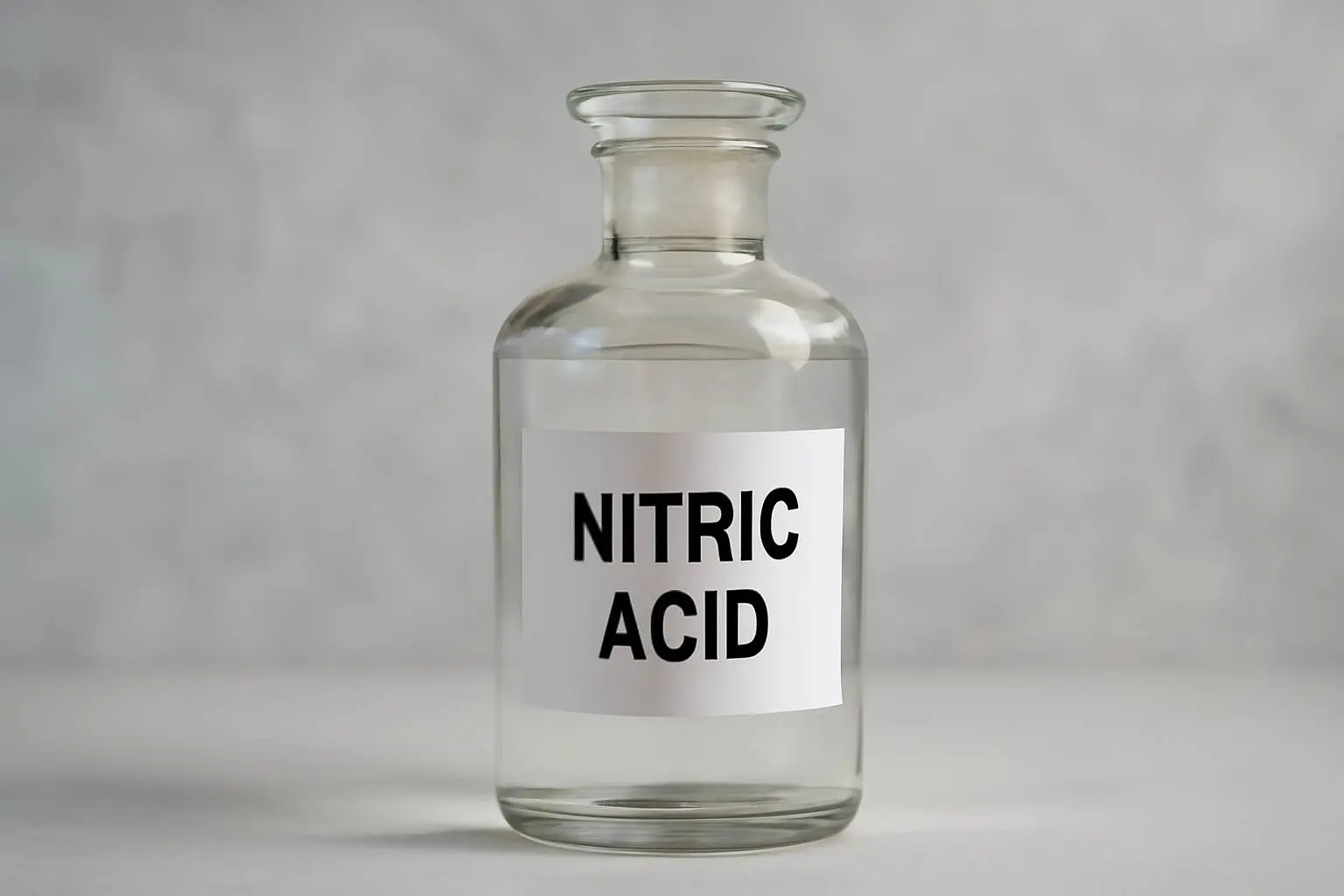Nitric Acid Unveiled: Types, Applications, Safety & Choosing the Right Option
Nitric acid is a cornerstone of modern industry. Its potent properties power everything from fertilizers to electronics. This article explores its types, production, applications, safety, FAQs, and how Yongchang Nitro leads the way with quality and innovation.
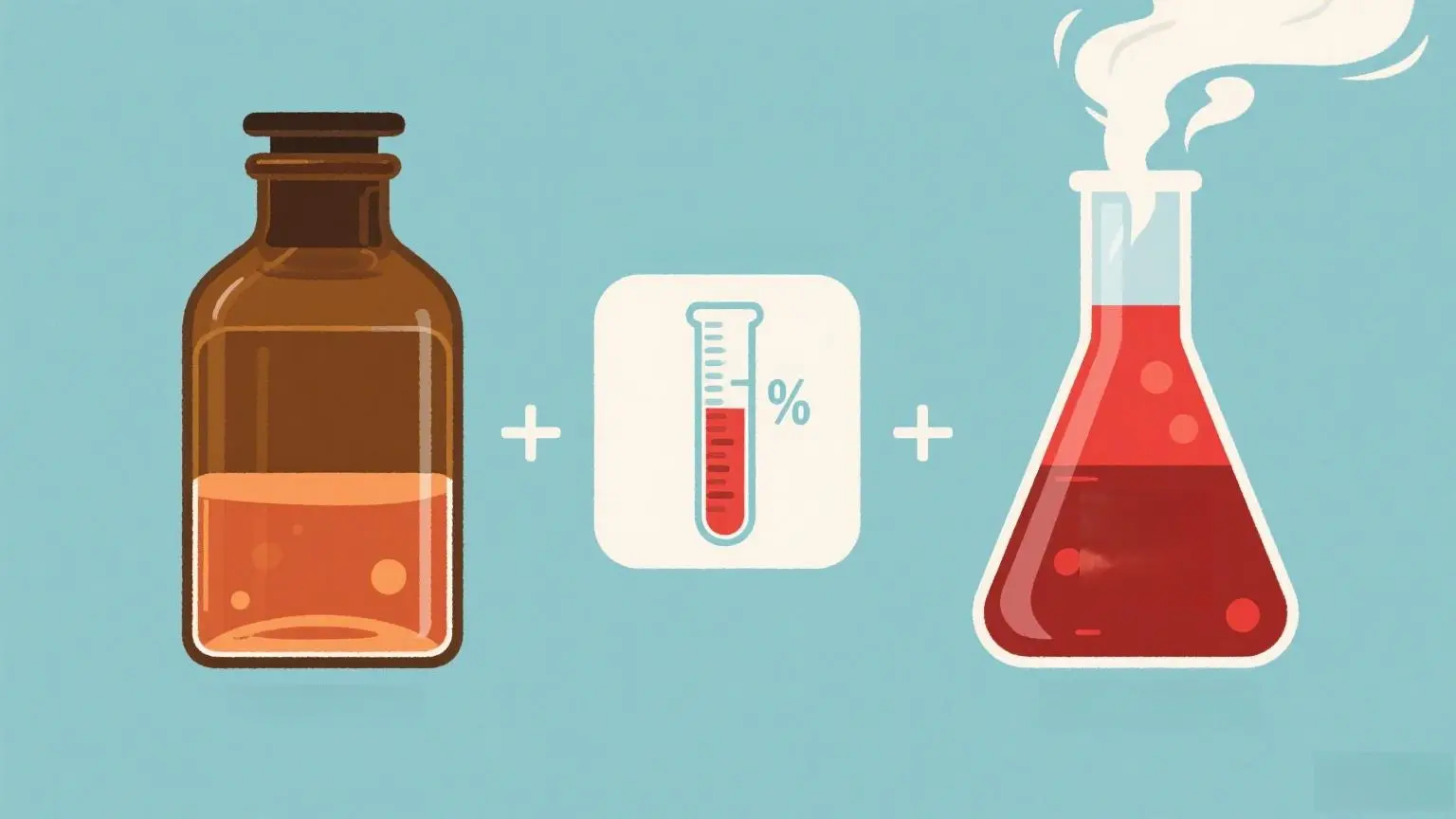
What Is Nitric Acid—and Why It Matters
Nitric acid (HNO₃), known as aqua fortis, is a highly corrosive, strong mineral acid—and a powerful oxidizer. Commercially, most solutions are around 68% concentration, while anything above 86% is Fuming Nitric Acid, categorized further as white (≈95%+) or red fuming depending on nitrogen dioxide content.
The acid’s dual nature—strong acidity plus oxidizing strength—makes it uniquely versatile. It dissolves metals like copper (unaffected by HCl), enabling refining, etching, and cleaning.
Industrial Production: The Ostwald Process & Yongchang’s Innovation
Worldwide, the Ostwald process dominates nitric acid production. It involves:
-
Oxidizing ammonia over platinum-rhodium catalysts at high temperature (≈900 °C).
-
Converting nitric oxide to nitrogen dioxide.
-
Absorbing the dioxide in water to form nitric acid.
Yongchang Nitro has advanced this further by implementing a proprietary dual-pressure nitric acid process, dramatically cutting energy consumption. This innovation helps Yongchang remain among the top three producers globally in scale and efficiency.
Diverse Grades—From Fuming to Metal Treatment
Yongchang provides a robust nitric acid product line:
-
White Fuming Nitric Acid (high-purity, ultra-reactive), available in standard concentrations of 68% (white fuming) to 98%+ (red fuming). It’s vital for explosives, fertilizers, pharmaceuticals, and electronics etching.
-
Nitric Acid for Metal Treatment, tailored for accurate, safe industrial metal processing.
-
Overall, the chemical portfolio includes a wide range of nitric acid series and nitro-based chemicals, all manufactured to meet stringent quality benchmarks.
Applications That Define Industries
Agriculture & Fertilizers
Roughly 75–80% of global nitric acid goes into making Ammonium Nitrate, a vital nitrogen fertilizer.
Metals & Electronics
Nitric acid’s metal-dissolving power is critical in:
-
Refining precious metals and passivating stainless steel.
-
Etching printed circuit boards (PCBs)—ensuring clean, precise circuitry.
-
Chemical synthesis and nitration, including dyes, polymers (like Nylon-6,6), and explosives such as TNT.
Sustainability & Emerging Trends
High-grade nitric acid in PCB manufacturing improves both production precision and product durability, while eco-conscious sourcing enhances brand reputation. And the nitrophosphate process leverages dilute nitric acid in phosphate rock treatment to produce advanced Compound Fertilizers.
Safety First: Handling & Neutralization Protocols
Hazard Overview
Concentrated nitric acid is intensely corrosive, and its fumes are toxic. Exposure causes chemical burns and deep yellow skin staining.
Safe Handling Musts
-
Use NIOSH-approved acid gas respirators, along with heavy-duty gloves, splash goggles, and acid-resistant aprons.
-
Always work in a chemical fume hood or well-ventilated area.
-
Store in cool, dark, ventilated spaces—avoid contact with organics or bases.
Neutralization Best Practices
Effective neutralization is critical. Use a chemical-resistant vessel, carefully add measured base (e.g., sodium bicarbonate), and neutralize slowly under controlled conditions.
Conclusion: Picking the Right Nitric Acid, Safely
Nitric acid fuels vital industries—from feeding crops to etching electronics. But the right grade, safe handling, and supplier integrity matter. Yongchang Nitro delivers advanced, sustainable nitric acid solutions backed by innovation and scale.


